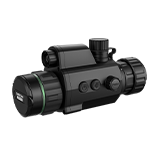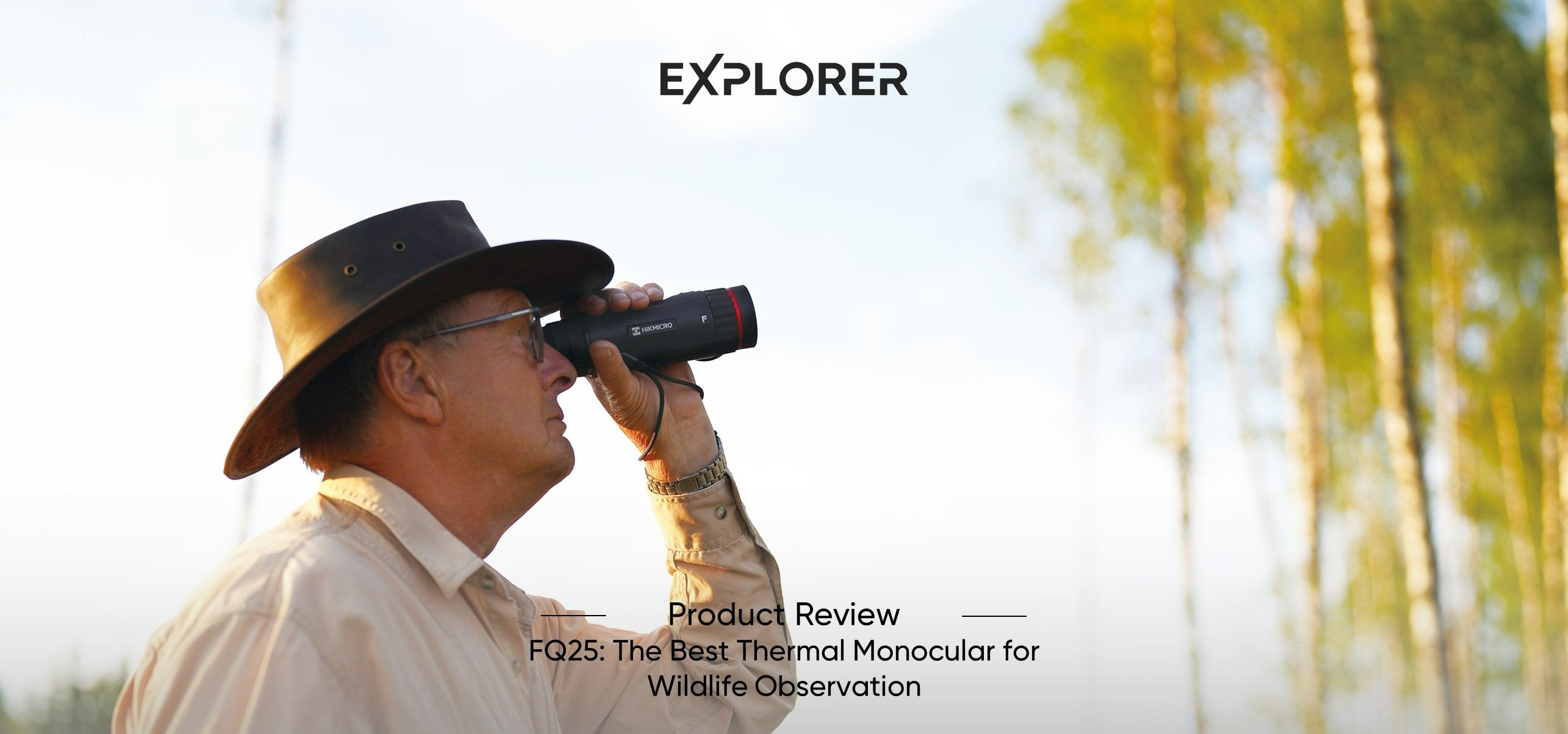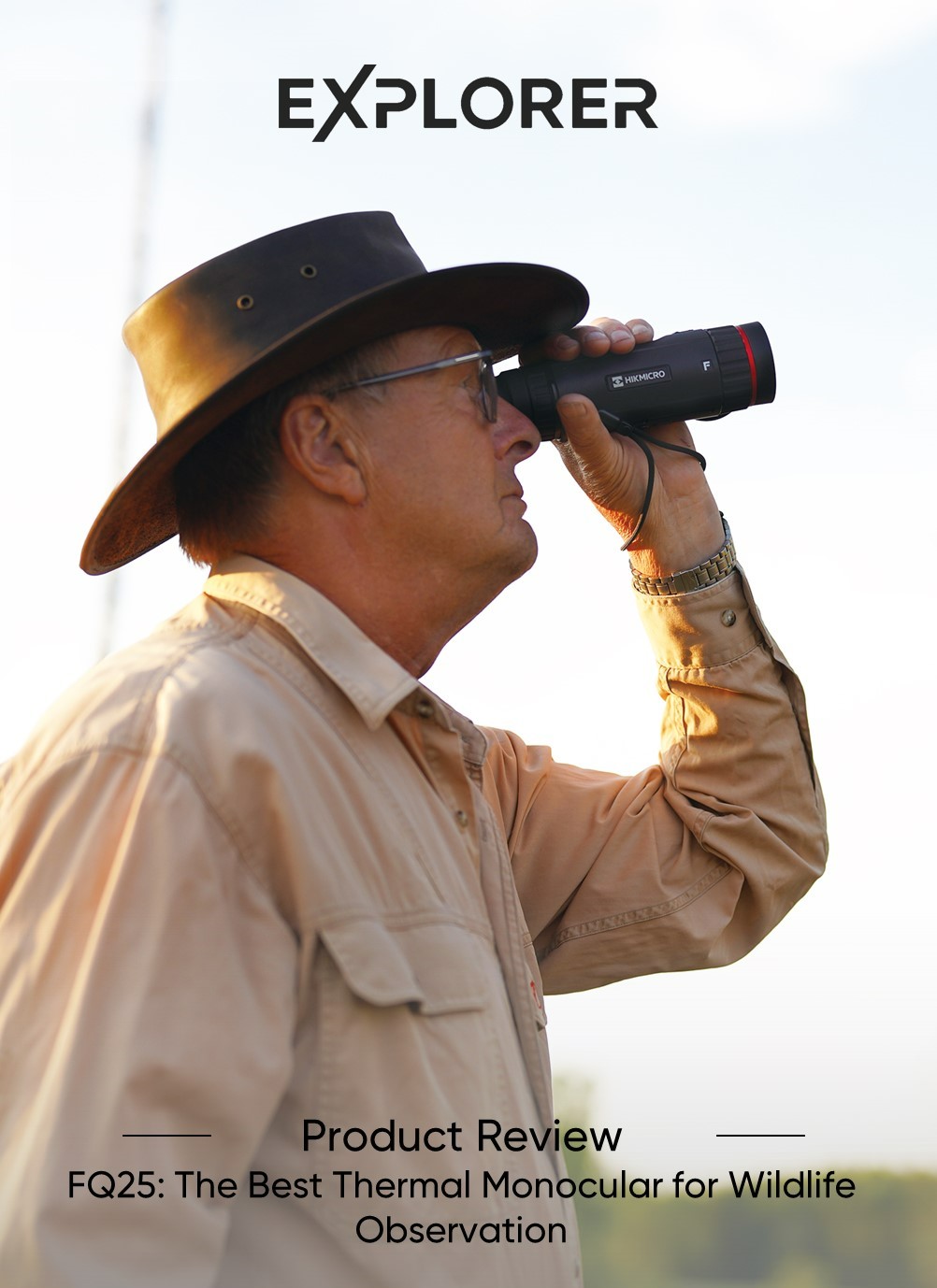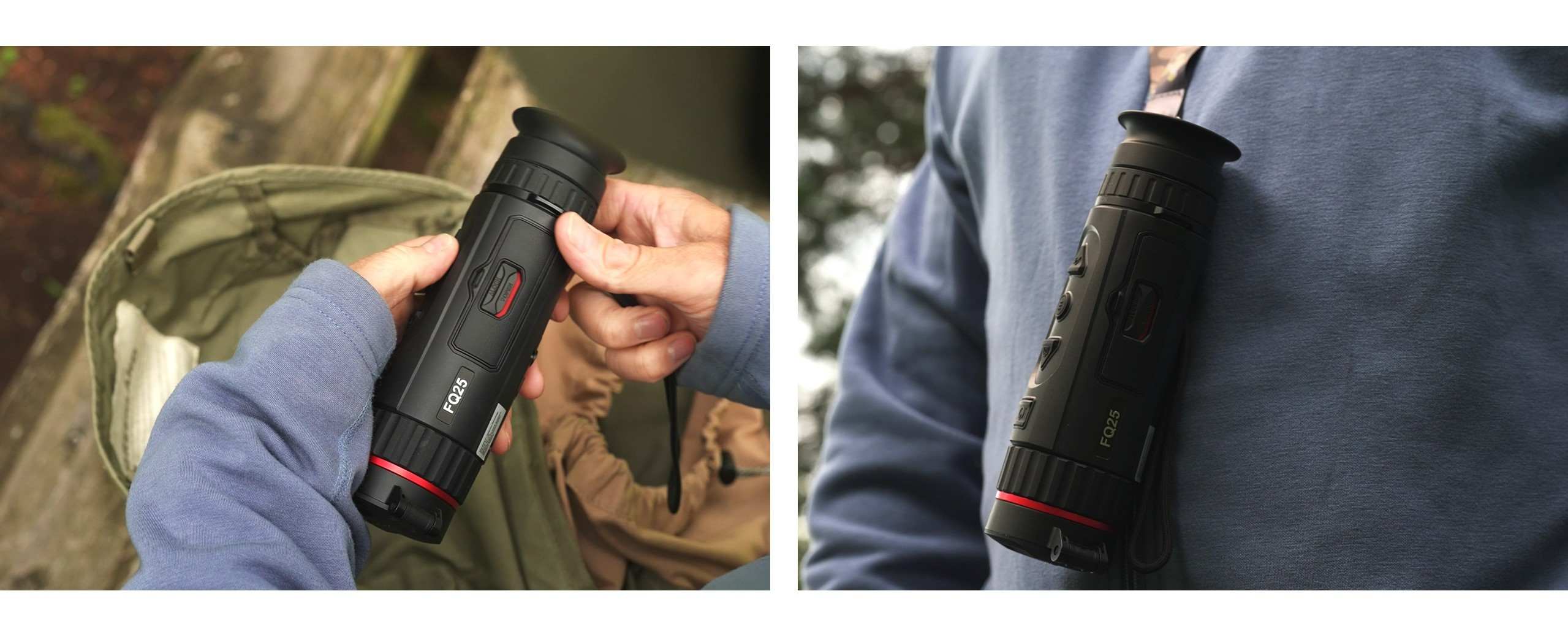Back
-
-
Hőkamerás termékek
-
Monokuláris hőkamera
-
Hőkamera céltávcső
-
STELLAR 2.0 NEWSTELLAR 2.0
-
THUNDER ZOOM 2.0THUNDER ZOOM 2.0
-
PANTHER 2.0PANTHER 2.0
-
THUNDER 2.0THUNDER 2.0
-
STELLARSTELLAR
-
PANTHERPANTHER
-
THUNDER ProTHUNDER Pro
-
THUNDERTHUNDER

-
-
Hőkamera előtét
-
THUNDER 2.0THUNDER 2.0
-
THUNDER ProTHUNDER Pro

-
-
Hőkamera okostelefonokhoz
-
EXPLOREREXPLORER

-
-
-
Digitális nappal- és éjjellátó termékek
-
Multispektrum termékek
-
Multispektrum monokuláris termékek
-
GRYPHON LRFGRYPHON LRF

-
-
Multispektrális binokulár
-
-
Vadkamera
-
Vadkamera
-
M15M15
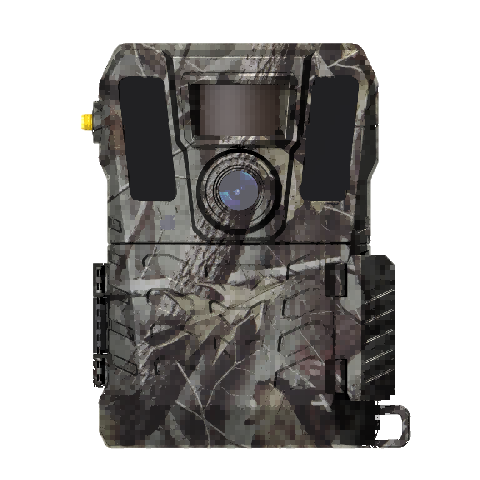
-
-
-
Alkalmazás
-
Alkalmazás
-
HIKMICRO SightHIKMICRO Sight

-
-
-
Tartozékok
-
IR-vető
-
IR-vetőIR-vető

-
-
IR-vető szerelék
-
IR-vető szerelékIR-vető szerelék

-
-
Sín
-
SínSín

-
-
Gyűrű
-
GyűrűGyűrű

-
-
Adapter
-
THUNDER 2.0 Adapter NEWTHUNDER 2.0 Adapter
-
Adapter 1.0Adapter 1.0

-
-
Okulár
-
THUNDER 2.0 okulár NEWTHUNDER 2.0 okulár
-
OkulárOkulár
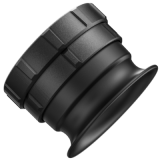
-
-
Töltő
-
THUNDER 2.0 töltő NEWTHUNDER 2.0 töltő
-
TöltőTöltő

-
-
Akkumulátor
-
THUNDER 2.0 akkumulátor NEWTHUNDER 2.0 akkumulátor
-
AkkumulátorAkkumulátor

-
-
Monokulár táska
-
Monokulár táskaMonokulár táska

-
-
Vadkamera-kiegészítők
-
Napelem NEWNapelem

-
-
-
-
-
Kézi
-
Mini sorozat
-
Eco Series
-
Eco és Eco-VEco és Eco-V
-
PocketEPocketE

-
-
B Series
-
B SeriesB Series

-
-
Pocket Series
-
Pocket1 és Pocket2Pocket1 és Pocket2

-
-
M Series
-
M SeriesM Series
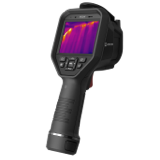
-
-
G Series
-
G SeriesG Series
-
Gx1 sorozatGx1 sorozat

-
-
SP Series
-
SP SeriesSP Series

-
-
-
Akusztikus
-
AI sorozat
-
AI56 & AI76AI56 & AI76

-
-
AD sorozat
-
AD21AD21

-
-
-
Tűzoltás
-
Teljesen biztonságos
-
BX sorozat
-
BX20 NEWBX20

-
-
-
Rögzített
-
-
Kocka kamerákKocka kamerák

-
-
-
DobozkamerákDobozkamerák

-
-
-
Autofocus Box Cameras NEWAutofocus Box Cameras

-
-
-
High Temperature Box CamerasHigh Temperature Box Cameras

-
-
-
Hőálló kamerákHőálló kamerák

-
-
-
Szoftver
-
-
HIKMICRO ViewerHIKMICRO Viewer

-
-
-
HIKMICRO AnalyzerHIKMICRO Analyzer

-
-
-
HIKMICRO StudioHIKMICRO Studio

-
-
-
Pont méretének kiszámítása NEWPont méretének kiszámítása

-
-
-
UVC-kliens NEWUVC-kliens

-
-
-
Tartozékok
-
Táskák
-
E/B sorozatE/B sorozat
-
M/G/SP sorozatM/G/SP sorozat

-
-
Lencsék
-
B SeriesB Series
-
Pocket SeriesPocket Series
-
G SeriesG Series
-
Gx1 sorozatGx1 sorozat
-
SP SeriesSP Series

-
-
Akkumulátorok
-
Töltők
-
Konzolok
-
Mini/Pocket Konzolok NEWMini/Pocket Konzolok
-
SP Series KonzolokNEWSP Series Konzolok

-
-
Napernyő
-
G SeriesG Series

-
-
-
-
Felfedezés
-
Log in -
Hol kapható -



